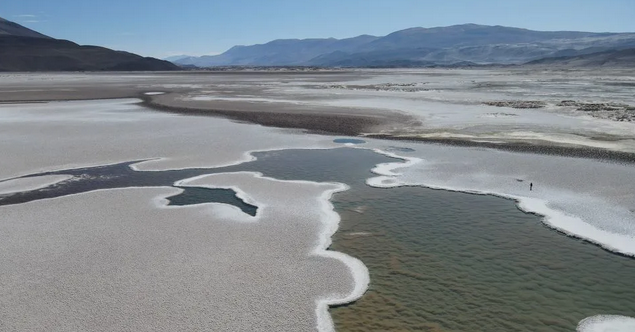Scientists have discovered a previously hidden ecosystem with an expansive system of lagoons in the salt plains of Puna de Atacama, an arid plateau in Argentina — with giant stromatolites that could provide a glimpse into the earliest life on Earth and possibly even on Mars, according to new research.
Stromatolites are layered rocks created by the growth of blue-green algae, or cyanobacteria, through photosynthesis. The structures are considered to be one of the oldest ecosystems on Earth, according to NASA, representing the earliest fossil evidence for life on our planet from at least 3½ billion years ago.
Discovery inside unearthed bottle would’ve shocked the scientist who buried it in 1879
“These are certainly akin to some of the earliest macrofossils on our planet, and in really a rare type of environment on modern Earth,” said Brian Hynek, a professor in the department of geological sciences at the University of Colorado Boulder, who helped document the ecosystem. “They are a window into the distant past as to what life might have looked like 3½ billion years ago on our planet.”
Continue here: CNN





































